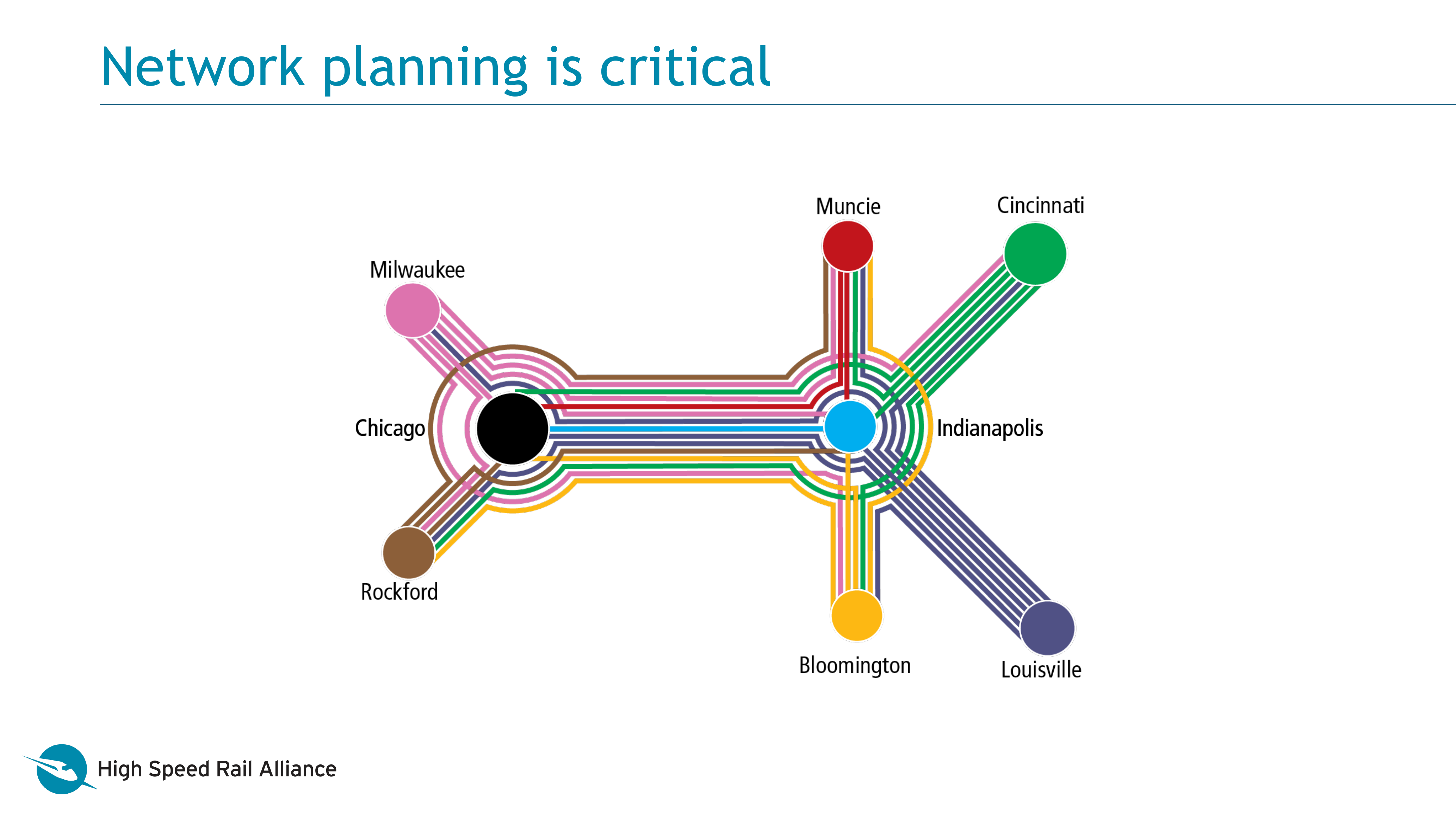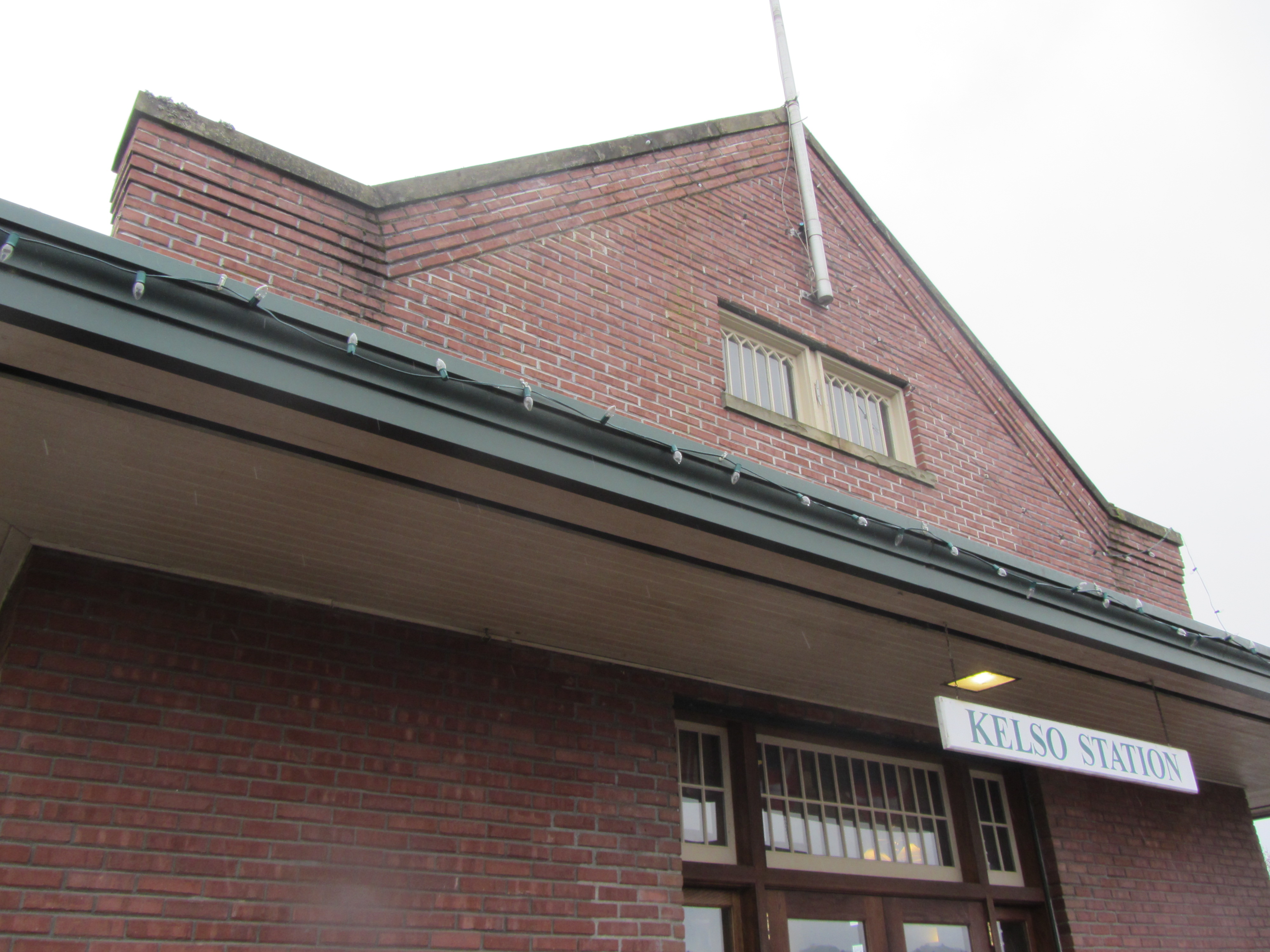December 16, 2021
Advocates Discuss Strengthening Our Communities with Passenger Rail, Part 2
In the first part of the All Aboard Washington’s annual meeting, "Bringing Economic, Environmental and Equity Benefits to Our Communities with Passenger Rail and Seamless Connections" (discussed here), participants heard from community leaders and elected officials from around the region. All agreed that there is an urgent need to bring the benefits of passenger and freight rail to communities large and small.
A recording, presentations and further information from the participants is available at https://www.aawa.us/events/archives/december-2021-annual-meeting/
The second part of the meeting featured nationally-known rail advocate Richard Harnish, who laid out his vision for an “Integrated Network Approach to Transportation.” Harnish represents the High Speed Rail Alliance, but he makes the case that an effective transportation network must include local transit, commuter rail, and conventional rail, as well as high speed rail, in order to address the societal and environmental challenges we face in the short and long terms.
Harnish believes that the future transportation network depends on pursuing two courses of action:
- Get more frequent and faster trains running as soon as possible on the existing infrastructure.
- Start planning now for high-speed rail in twenty years.
Harnish shared European statistics showing that several countries have built higher speed rail one segment at a time, and as each segment brings travel time down, ridership expands in an inverse relationship.
There are many ways of categorizing future rail services. Harnish divides them as follows:

- Shared-use lines. 90 mph trains running on existing, shared-use rights-of-way. 80% of US route miles can be shared-use, and can be expanded now. Such services can continue to serve small towns, even when they parallel newer and limited-stop high-speed rail.
- Regional lines. 110 mph regional services could use existing rights-of-way, but would require closing grade crossings. In the US, examples include the Northeast Corridor, and the San Francisco to San Jose corridor currently being upgraded. 125 mph is the speed at which electrification begins to make economic sense.
- High-speed lines. 200 mph high-speed rail doesn’t need to be built everywhere. It can be done in phases, and in key places where it will connect many locations and generate significant ridership. “You have to think big picture: Investment in one HSR segment will put many more people on the network as a whole,” Harnish said.

Harnish pointed to California as a state that has created a rail plan for 2040, then has worked backward to figure out how to get there. We need similar plans for every state, region, and nationally, he said. Buses are a key part of the network, but California has not been good at explaining how their HSR will fit into the existing, extensive train and bus system.
Historically, Harnish added, the US has committed to building an interstate highway network (twice, first after WW1 and then in 1956) with “no economic analysis, no true cost estimates...We just did it, because that was an investment that we valued. You will get a lot more value building a high speed railroad than adding to I-5. The cost for the railroad is half as much as adding to I-5. With these improvements, it will cost about the same to serve twice as many people. If we do passenger rail right, we can also take [freight] trucks off the road.”
Mr. Richard Harnish is the Executive Director of the High Speed Rail Alliance. His opinions are his own. AAWA positions on high-speed rail is available on our website at https://www.aawa.us/about/aawa-policy-positions/high-speed-rail/
The AAWA annual meeting also heard from the following. Links to their materials are included.
- Anna Zivarts, Disability Mobility Initiative, on their recent Week Without Driving event, co-sponsored by AAWA.
- Charles Hamilton, AAWA Co-Executive Director, reported on the resumption of service via the Point Defiance Bypass.
- Gary Wirt, Vice-President of AAWA, on the planned resumption of Amtrak Cascades service north of Seattle to Vancouver, BC. Amtrak is working with border officials to develop protocols that will allow service to restart, hopefully in early 2022.
- Mike Christensen, Rail Passengers Association board member, reported on the infrastructure funding initiatives currently underway in Congress.
About AAWA
For over forty years, All Aboard Washington (AAWA) has promoted better passenger and freight rail service in the Pacific Northwest. We champion safe, reliable, frequent, competitive, and convenient passenger rail services that meet the needs of all Washingtonians. We are especially active supporters of intercity passenger rail service and intermodal connections to local transit.
For Immediate Release
December 16, 2021
Contact: Charles Hamilton, (360) 529-5552 x3 or Gary Wirt, (509) 213-0070 x1
*****
